Spectrum E27 LED Lamps
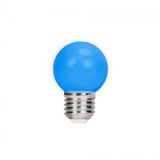


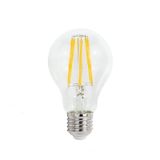
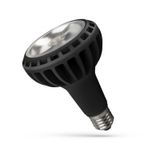
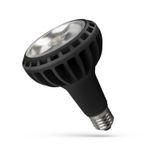
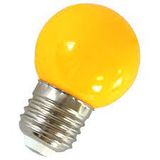
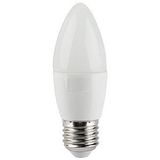
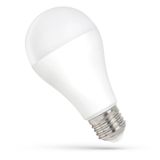
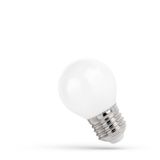
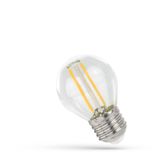

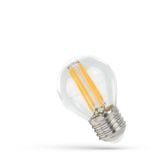
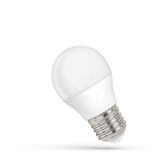

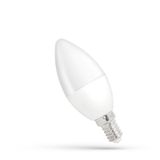

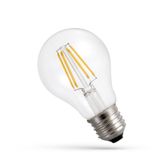
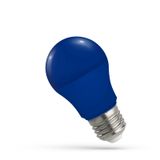
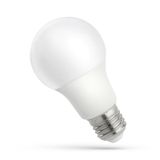

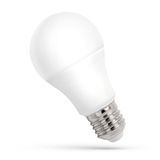
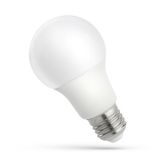
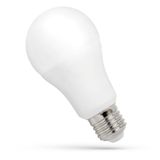
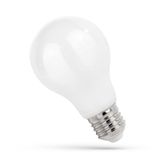
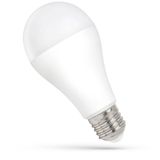


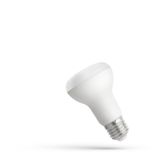

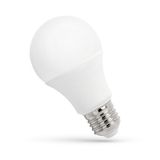
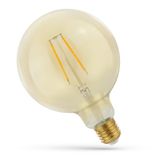
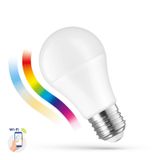
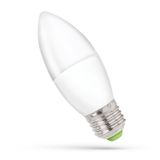
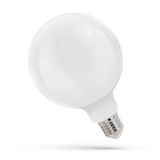

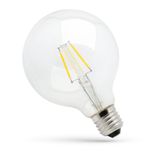
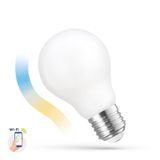

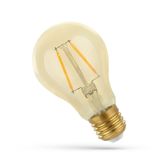

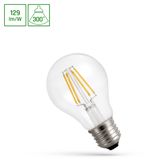
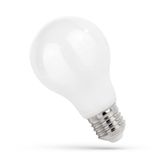
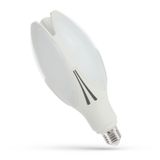

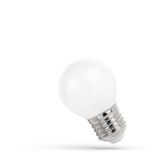

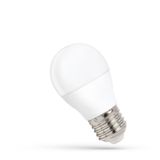

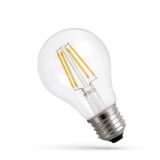
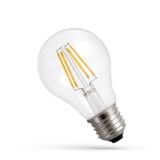
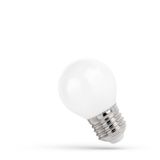
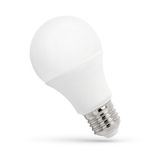
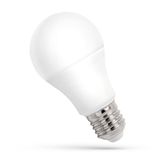
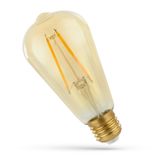
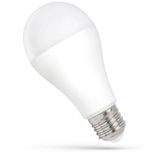
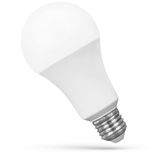
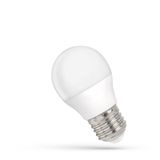
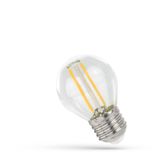
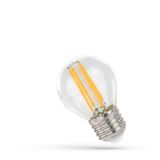
-
-
1
- 2
-
spectrum e27 led lamps range overview
Families split into two engine types: clear “filament” glass for a classic look and ceramic-core diffusers for maximum efficacy. Power nodes typically 4–15 W with outputs from ~400 to ~1 600 lm, replacing legacy 40/60/75/100 W incandescents on 220–240 V mains. CCT packs 2700/3000/4000 K; CRI 80 is standard, with CRI 90 (R9 > 50 on selected bins) for food, wood, and fabric fidelity. Most lines are IP20, PF ≥ 0.5 on <10 W lamps and ≥0.90 on pro SKUs ≥10 W; THD generally ≤15%. Operating window usually −20…+40 °C; keep Tc below 85 °C in enclosed shades.
spectrum dimmable e27 led lights performance and driver behavior
Trailing-edge (RC) dimming is the default; selected items add wide-range compatibility lists covering leading-edge (RL). Expect smooth 5–100% on filament glass and 10–100% on opal diffusers, with low-end stability dependent on channel load. Flicker metrics on professional variants target PstLM ≤ 1.0 and SVM ≤ 0.4 for camera-sensitive spaces. Surge immunity is typically 1–2 kV line-to-line; for noisy circuits near motors, place SPDs upstream.
spectrum screw base led lamps optics, shapes, and finishes
Envelopes cover A60/A67 for general rooms, G80/G95 globes for open pendants, ST64 tubes for decorative bars, and mini-globes (G45) for tight shades. Clear glass + filament strings create point-source sparkle and higher center intensity; opal diffusers soften luminance and lift uniformity in shallow canopies. Typical beam is near-omni; versions with inner reflectors push more forward light for down-facing pendants.
spectrum standard base led lamps construction details
E27 caps follow IEC 60061 dimensions with nickel-plated shells and ceramic or high-temp polymer collars. Filament types use sapphire/glass substrates with remote phosphor; driver is a compact HV or linear-reg topology. Diffused types ride an aluminum thermal slug under a PC globe; constant-current driver with active PFC appears on higher-watt nodes. Labeling includes CCT, CRI, lumen, λ, PF, and dimming icon; envelope dimensions are printed for cut-sheet coordination (e.g., A60 ≈ Ø60 × 110 mm).
Technical specifications and standards that matter
Safety and marking per IEC/EN 62560 for self-ballasted LED lamps; photobiological safety EN 62471 RG0/RG1; EMC EN 55015/EN 61547; mains quality EN 61000-3-2/-3-3. Source data is LM-80 with TM-21 projections; expect L70/L80 15–25 k h on décor filaments and 25–50 k h on ceramic-core diffusers at Ta 25 °C. Use heat-rated lampholders (≥T150) in tight shades; check “enclosed-fixture suitable” where airflow is poor.
Families and typical series logic
- Filament décor: clear/tinted glass, 2700 K focus, CRI 90 options, very low driver ripple—ideal for visible lamps and glass pendants.
- Opal utility: 3000/4000 K, highest lm/W, stronger PF/THD specs for commercial circuits.
- Mini & specialty: G45/mini-A forms for sconces; reinforced necks for frequent relamping.
- High-output A67: ~1 500–1 600 lm for high-ceiling rooms without changing fittings.
Tunable-white and smart variants may exist in sub-ranges; where present, they keep the same caps and envelopes for consistent trims.
Applications and fit with luminaires
Open pendants: clear filament for sparkle; globes for even glow. Closed shades: opal ceramic-core types handle heat better. Task pendants over counters: target 3000/4000 K with CRI 90 and verify maintained flux at elevated Ta. Hotel and dining zones: 2700 K filaments on trailing-edge channels for warm-dim scenes. For emergency through-wiring, use compatible luminaires; most lamps are not self-EM.
Quick integration notes with accessories
Match envelope to canopy size and use strain-relieved roses from the same brand. GU10 holders in mixed estates should be labeled to avoid accidental cross-fit. For EMC near controls or metering, add 360° braid clamps on pendant drops and keep dimmer channels within rated load.
Selection checklist for planners
- Photometry: target lm and luminance (clear vs opal) by room function.
- Colour: 2700 K hospitality; 3000 K mixed; 4000 K task/office; lock CRI level.
- Dimming: declare dimmer type and minimum dim %; aggregate load to avoid shimmer.
- Thermal: confirm enclosed-use rating; check holder T-class.
- Logistics: standardise one clear and one opal per area; keep A60 for general, A67 for high ceilings, G95/ST64 for visible décor.